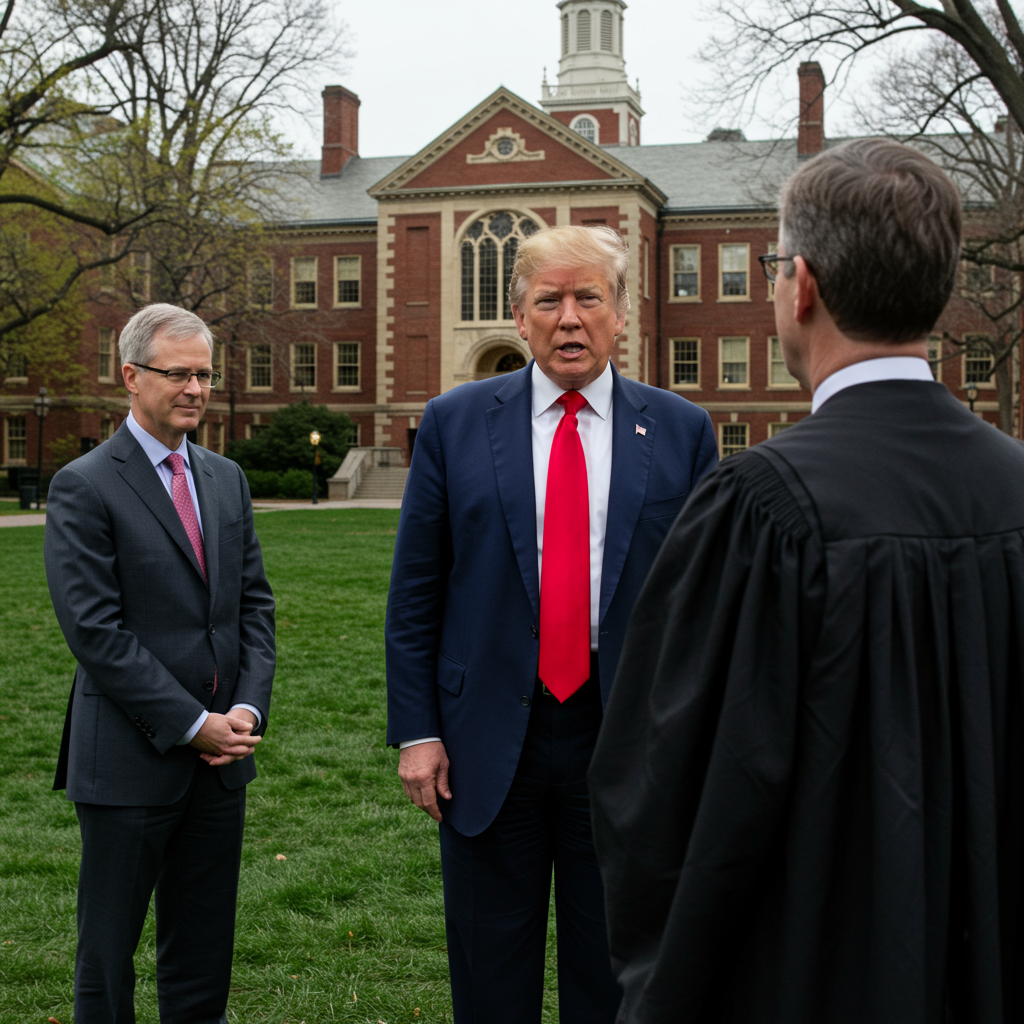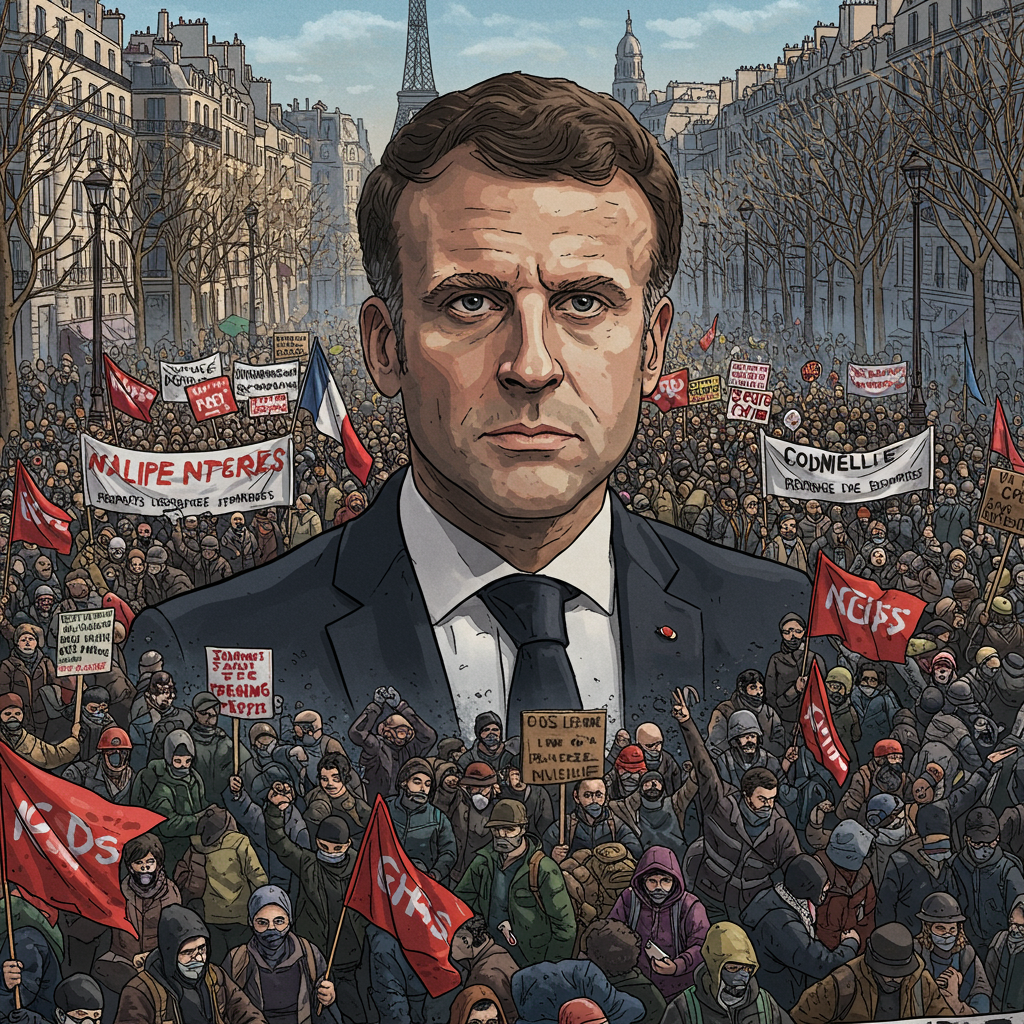US President Donald Trump has directed federal authorities to significantly escalate efforts to detain and deport migrants across the country, describing the move as the “single largest Mass Deportation Program in History.” This order comes amidst ongoing protests against his immigration policies and signals a major push in his second term.
The directive, shared via a post on his Truth Social platform on Sunday, June 15, calls on federal agencies to deploy “every resource possible” to achieve this ambitious goal. President Trump specifically named major metropolitan areas like Los Angeles, Chicago, and New York as particular targets for this intensified enforcement.
Targeting Democratic Cities and Sanctuary Policies
Trump’s order explicitly instructs agencies, including Immigration and Customs Enforcement (ICE), the Drug Enforcement Administration (DEA), and others, to “FOCUS on our crime-ridden and deadly Inner Cities.” He justified targeting large cities predominantly run by Democrats by asserting they are “the core of the Democrat Power Center.” He claimed these cities harbor millions of “Illegal Aliens” allegedly used to expand the Democratic voter base, cheat in elections, strain public resources, and take jobs from American citizens.
The order also directs focus towards locations where “Sanctuary Cities play such a big role.” Sanctuary cities are municipalities that limit their cooperation with federal immigration authorities, often becoming points of tension between federal and local lawmakers. Officials in these places have defended their legal rights to protect undocumented migrants within their jurisdictions, while the federal directive pressures them to increase assistance to ICE.
Escalating Enforcement and Tactics
This new push marks an escalation following weeks of increased enforcement activity. Even before this latest directive, the White House had reportedly demanded a significant increase in migrant arrests, leading to a rise in daily quotas for ICE officials, aiming for at least 3,000 arrests per day – a substantial jump from previous levels. To meet these targets, administration officials have reportedly instructed ICE officers to intensify tactics, including arresting “collaterals” – individuals incidentally present during an enforcement action – a shift from past practices. The administration has also expanded the personnel involved by delegating special agents from agencies beyond traditional immigration enforcement, such as the FBI, DEA, ATF, and HSI.
Who is Being Targeted? Data Reveals a Shift
While President Trump has often stated that enforcement targets “criminals,” recent data analysis suggests a significant shift in who is being arrested. According to a Guardian analysis of government data, there has been a substantial surge in the arrest and detention of immigrants with no criminal history since the start of the second Trump administration.
Analysis shows an 807% increase in the arrest of immigrants with no criminal record between early January and June. Experts note that being undocumented in the US is a civil infraction, not a criminal offense, contradicting the administration’s framing of targets as “criminal illegal aliens” based solely on immigration violations. While some individuals with criminal records are arrested, the data indicates a large proportion of those swept up in recent enforcement actions have only immigration violations.
This surge in arrests has led to a dramatic increase in the number of people held in ICE detention facilities, reaching the highest levels since 2019, sparking concerns about overcrowding and inadequate conditions.
Amidst Protests and Mixed Signals
The directive comes in the wake of a new wave of protests against Trump’s policies that have been occurring across the country since early June. Large-scale demonstrations, including those by the “No Kings” movement on June 14, have taken place in cities like Los Angeles and New York. The article notes that protests have only increased since the deportation program began to grow. Tragically, one person died in a shooting at a “No Kings” march in Salt Lake City, Utah.
In Los Angeles, recent ICE raids sparked days of protests. The city’s mayor commented on the palpable fear and anger within the heavily Latino community, describing the raids as feeling “indiscriminate” and raising concerns about people being afraid to leave their homes or potentially having to “show papers” in public. In response to protests, President Trump had previously deployed thousands of National Guardsmen and Marines to Los Angeles, reportedly against the wishes of local and state authorities, leading to legal challenges.
Interestingly, this order for expanded mass deportations came just a day after reports, citing the Reuters news agency, that the Trump administration had directed immigration officials to largely pause raids on specific business types, including farms, hotels, restaurants, and meatpacking plants. This appears to be a response to concerns from industries reliant on migrant labor. Furthermore, days prior to the mass deportation order, Trump had reportedly promised future policy changes to protect certain groups of migrant workers vital to these industries, acknowledging their contribution and describing them as “very good workers.”
Economic Concerns and Political Priorities
Immigration policy experts suggest the administration’s intensified focus on workplace raids and mass deportations, particularly targeting workers rather than the employers who hire undocumented labor, is primarily driven by a political imperative to boost deportation numbers and project an image of delivering on campaign promises. More effective methods to deter undocumented hiring, such as mandatory employment eligibility verification (E-Verify) for all employers, have not been pursued aggressively, partly due to opposition from the business lobby.
Critics argue this worker-focused approach intensifies fear among undocumented immigrants, potentially driving them further underground and increasing their vulnerability to labor exploitation. From an economic standpoint, deporting large numbers of undocumented workers could have significant negative impacts, leading to labor shortages in critical sectors like agriculture and construction and potentially decreasing national income. This approach prioritizes achieving high deportation statistics over addressing labor needs, ensuring public safety, or holding employers accountable.
President Trump concluded his message to federal agencies with a direct call to action: “you have my unwavering support. Now go, get the job done!” The order signals a major escalation in US immigration enforcement, focusing unprecedented resources and targeting major cities, while raising questions about its economic impact, its effect on communities, and the nature of who is being prioritized for deportation.
References
- www.bbc.com
- <a href="https://www.lemonde.fr/en/international/article/2025/06/16/trump-directs-ice-to-ramp-up-deportation-efforts-in-democratic-cities-undeterred-by-protests67423784.html”>www.lemonde.fr
- www.usatoday.com
- www.theguardian.com
- www.vox.com




